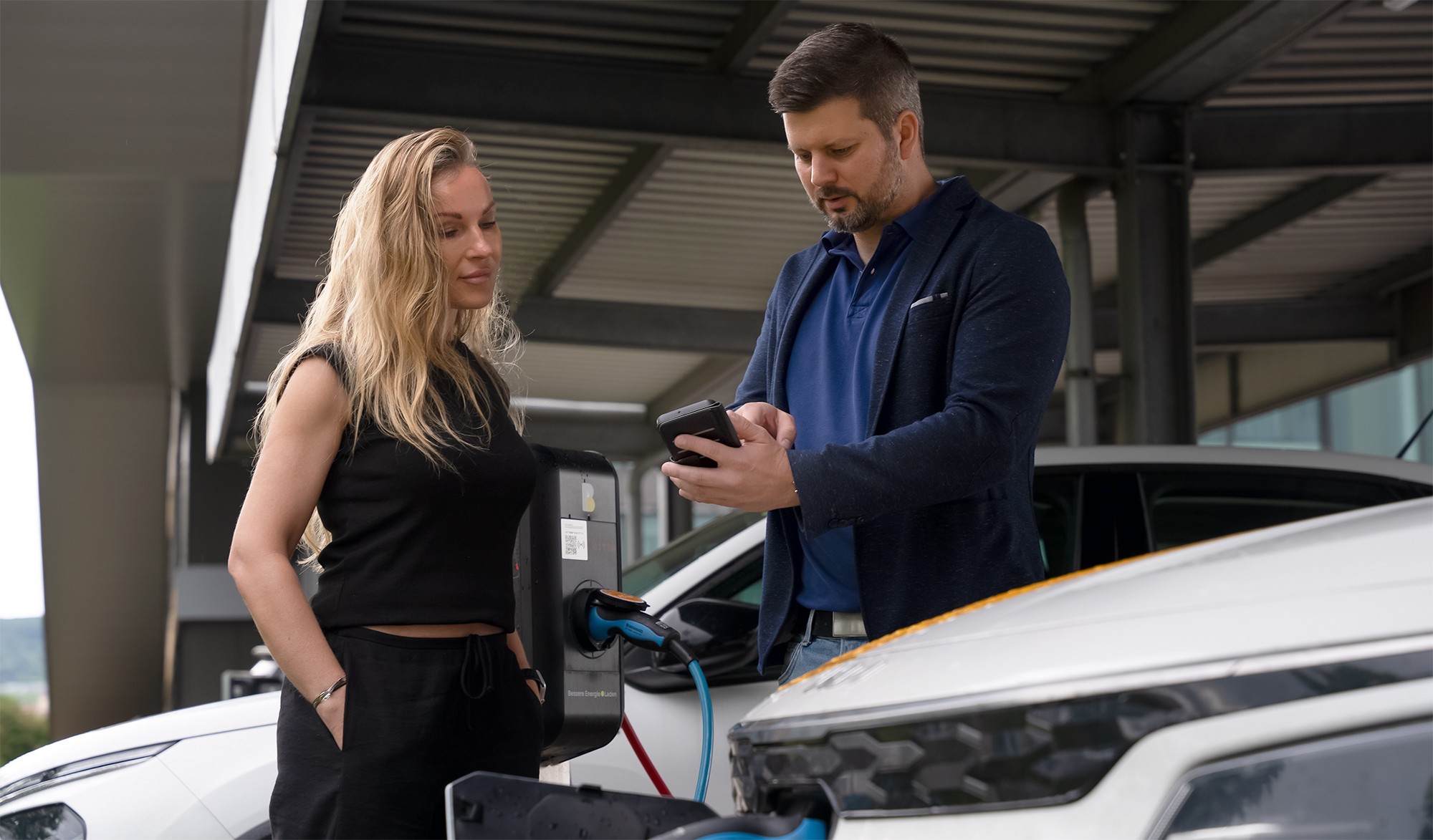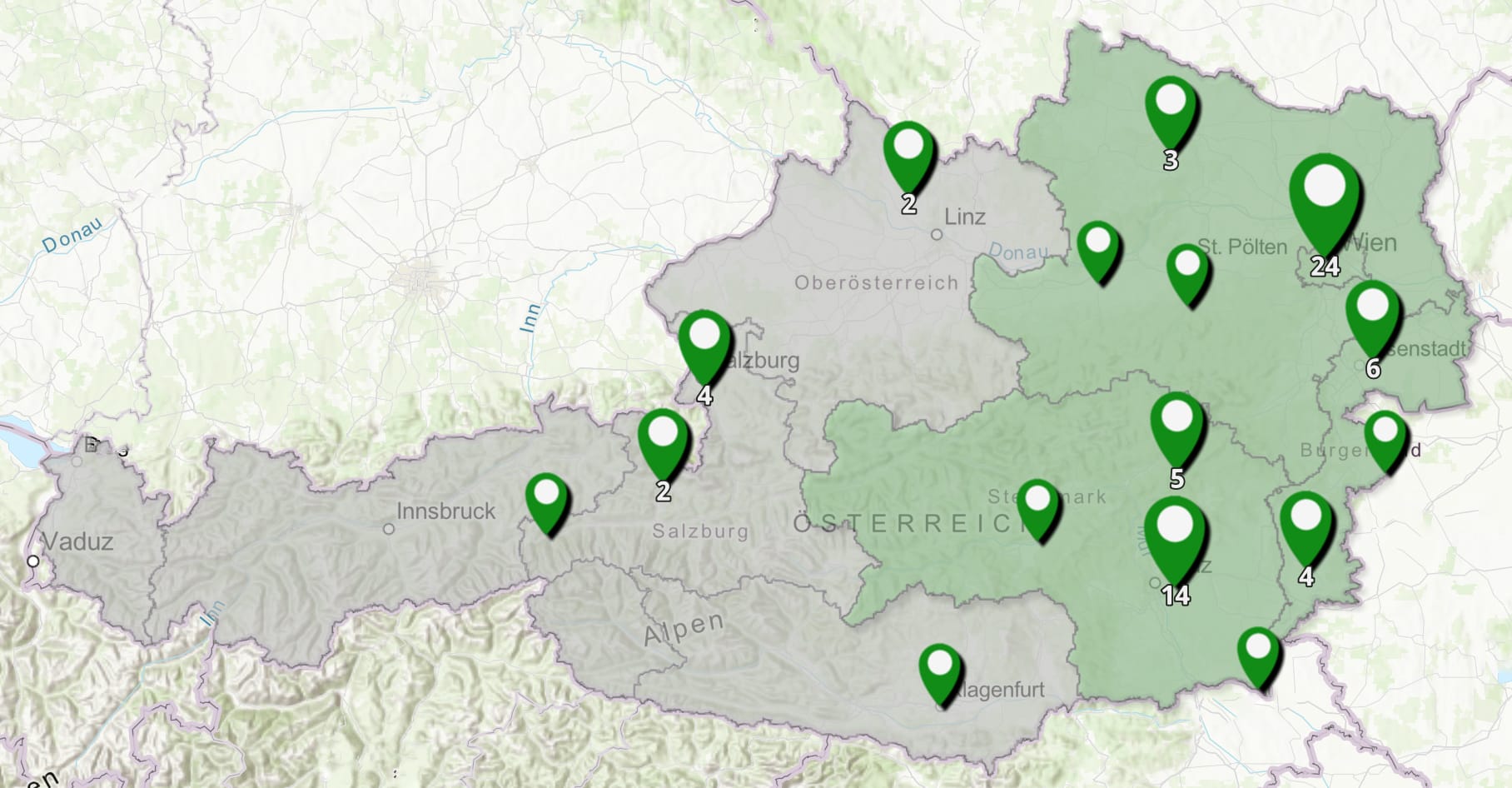E3 – Energy, Equity, Equality
Promoting gender equality with regard to intersectionality for an inclusive, socially just energy transition
Objective of the Energy, Equity, Equality (E3) project
The overarching vision of the “Energy, Equity, Equality” (E3) project is to promote gender equality with regard to intersectionality in the context of the energy transition. The aim is an energy transition that is both technologically advanced and socially just and inclusive. The project pursues the idea of identifying access barriers raised by key technologies of the energy transition with regard to social justice and intersectionality.
The aim is not only to drive forward technological innovations, but also to ensure that they can be accepted and used by a broad segment of the population. This requires increased efforts to make access to and use of offers and services in the key technologies of the energy transition more inclusive.
The focus is on the following key technologies:
- smart homes
- energy communities and
- electromobility
The exploratory project will specifically examine and evaluate the feasibility of framework conditions for more in-depth initiatives focussing on intersectionality and social justice in the energy transition. The feasibility of intersectional and socially just key technologies and the identification of obstacles and hurdles to their adaptation and utilisation are at the centre of this. At the same time, potentials and risks for the energy transition are analysed.
The project should help to better adapt the developed energy transition tools to the diversity of society, as broader acceptance of the key technologies accelerates their market launch and also promotes their dissemination in society.
Approach and methodology of the Energy, Equity, Equality (E3) project
In the three aforementioned areas of energy communities, electromobility and smart homes, the basic knowledge of the various representatives of society is to be scrutinised with regard to their attitude, usage intention, adoption and use of technologies. This requires an analysis of the existing barriers and the necessary adjustments for an inclusive energy transition.
To this end, barriers to acceptance are first identified and modelled in the project, taking intersectional characteristics into account. The hypotheses derived from this and the identified barriers will be tested in field trials, among other things. In addition to empirical analyses, simulations are planned in order to specifically evaluate how the adaptation and adjustment of various technologies affect social participation and acceptance. Gender and intersectionality analyses are integrated as an overarching method in all phases of the research design.
The project aims to validate innovation potentials for the development of intersectional and socially just key technologies of the energy transition.



